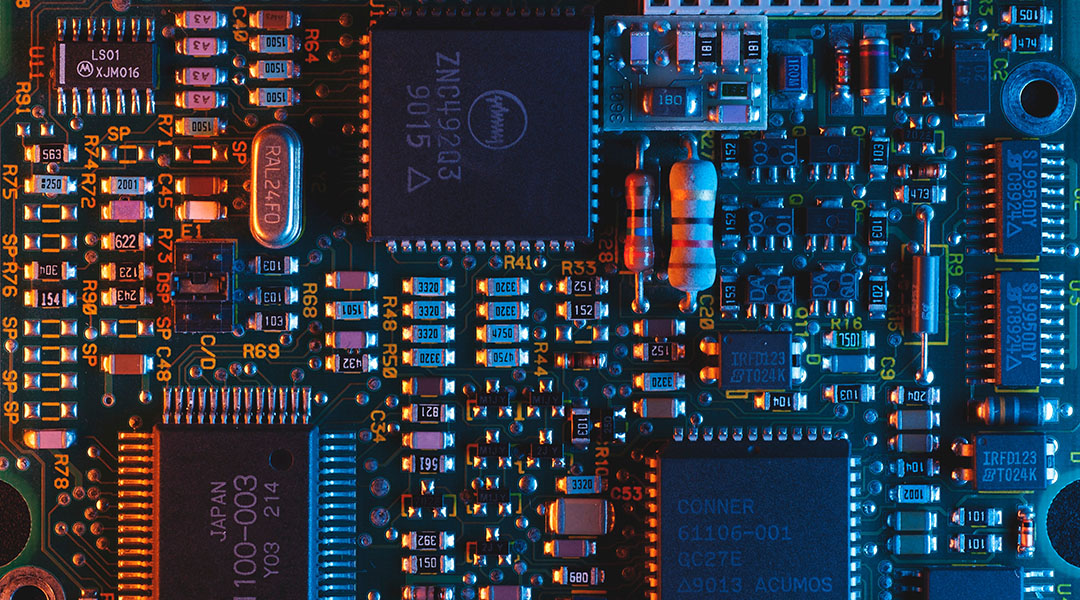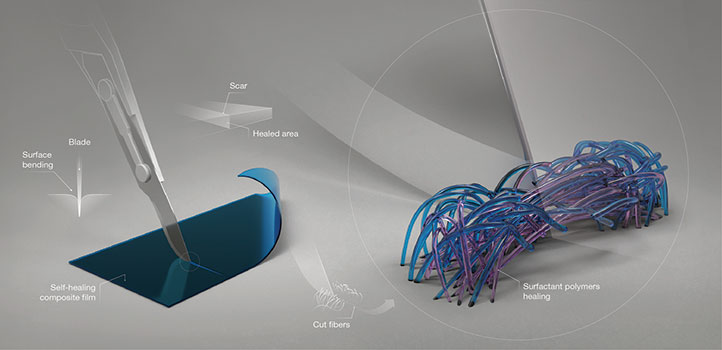Analysis reveals never-before-seen details about a type of thin film being explored for advanced microelectronics.


Analysis reveals never-before-seen details about a type of thin film being explored for advanced microelectronics.

A recent study seeks to identify, understand, and solve issues surrounding the integration of ferro/piezo-electric materials with silicon technology.

Sensors that are worn on the skin could soon be powered by our own body heat.

Organic solar cells could be an important part of future power generation, but only if their efficiency increases.

Discotic liquid crystals could serve as organic power cables for novel electronic and opto‐electronic devices.

Researchers report flexible, conductive and waterproof fibers for wearable, underwater electronics.
![How to Bend Electronic Devices without Breaking Them [Video]](https://www.advancedsciencenews.com/wp-content/uploads/2019/12/Feature-image-2.png)
Electronics can be transformed into a variety of complex shapes using a thermal plasticization process.

Researchers create green biocomposites for flexible, wearable electronic devices.

Researchers have found a way to produce advanced functional fabrics while retaining the wearability and durability of everyday fabrics.

Skin-friendly epidermal electronic devices fabricated using flexible, stretchable, and degradable protein-based substrates could offer a viable solution to real-time health and fitness monitoring.